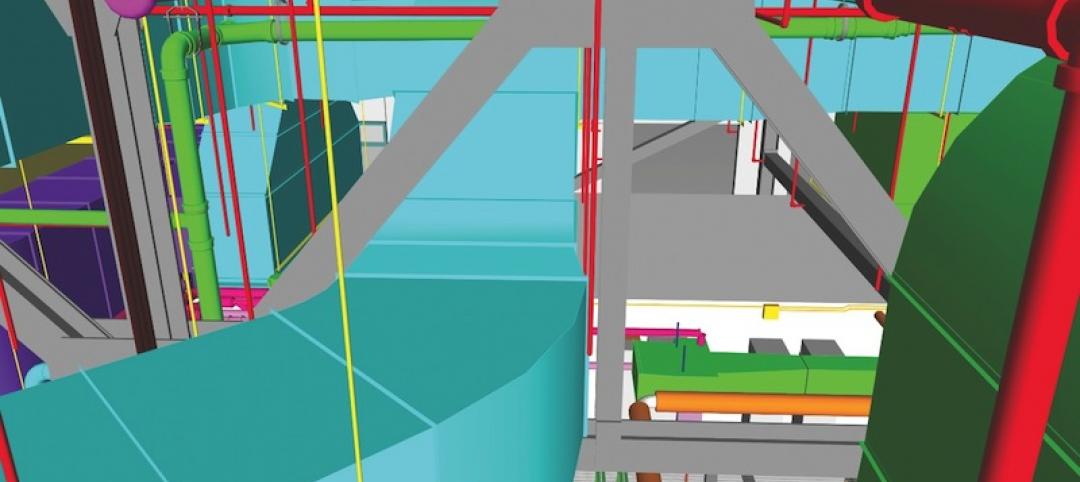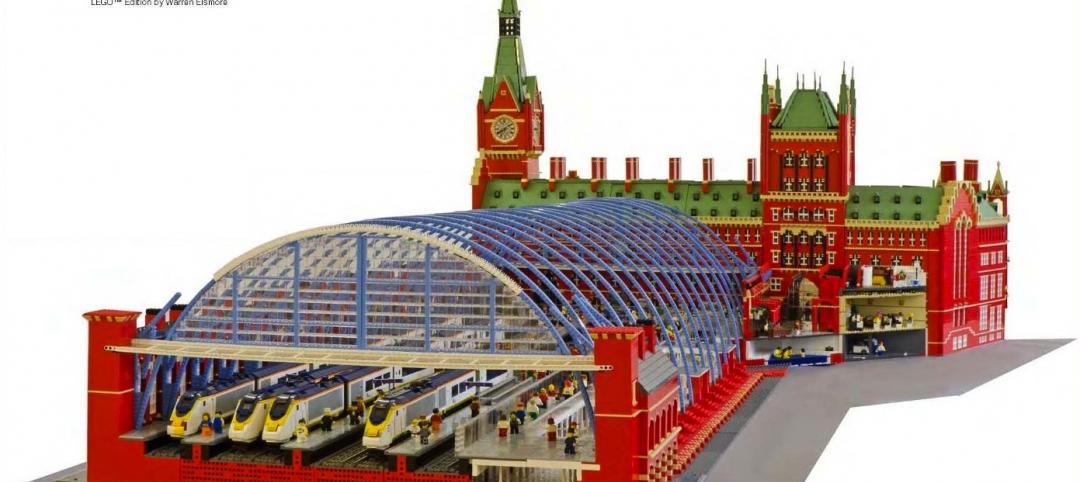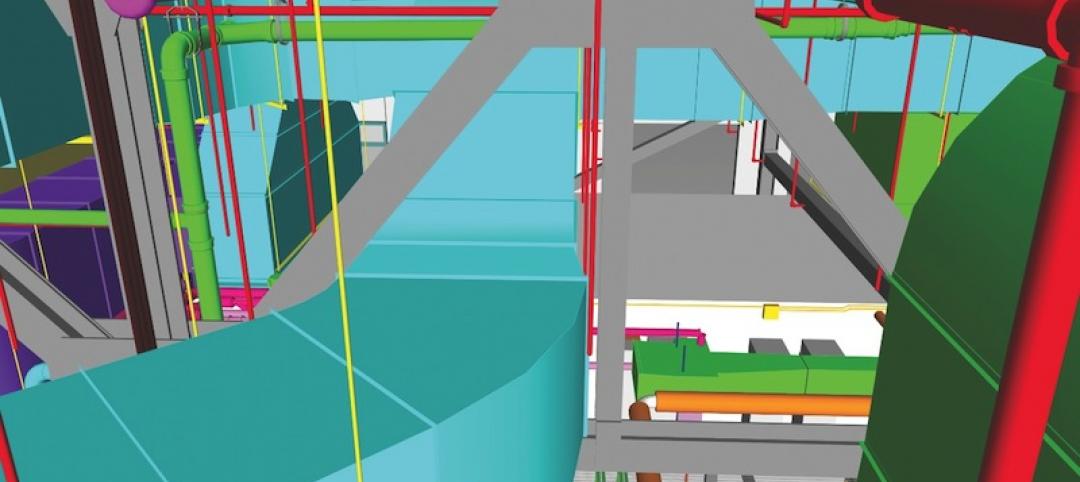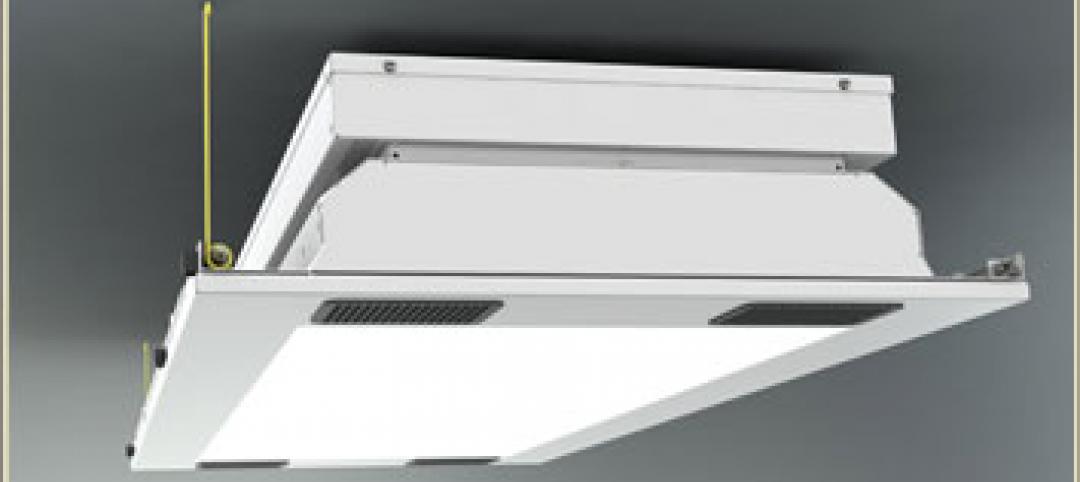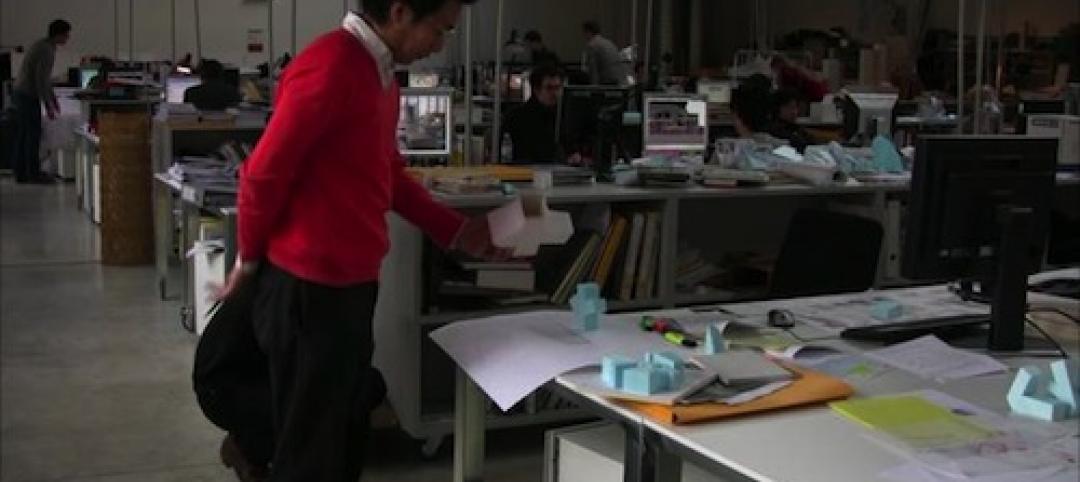The conveyance industry has come a long way since the country’s first passenger elevator was installed in a New York City store, back in 1856, by Elisha Otis. Today, we ride up and down an estimated 900,000 elevators in the United States, collectively making 18 billion passenger trips per year, according to the National Elevator Industry.
Growth in escalators and moving walkways, which debuted at the World’s Columbian Exposition of 1893 in Chicago, can double that figure in certain markets, such as airports. But that is not the only new development in the world of vertical transport.
After reading this article, you should be able to:
? Describe the benefits of new technology solutions for building vertical transportation systems in terms of energy efficiency, safety, and spatial flexibility.
? Discuss the applications of such energy-saving systems as machine-roomless elevators, double-decker and twin elevators, and destination-based controls.
? List several green building techniques and initiatives related to vertical conveyance systems.
? Explain how new codes affect elevator and escalator designs, and cite two or more examples of specific codes affecting their application, particularly with regard to sustainability.
To earn 1.0 AIA/CES Discovery HSW/SD learning units, complete the reading and take the 10-question exam.
Related Stories
| May 1, 2013
A LEGO lover's dream: Guide to building the world's iconic structures with LEGO
A new book from LEGO master builder Warren Elsmore offers instructions for creating scale models of buildings and landmarks with LEGO.
| May 1, 2013
New AISC competition aims to shape the future of steel
Do you have the next great idea for a groundbreaking technology, model shop or building that could potentially revolutionize the future of the steel design and construction industry? Enter AISC's first-ever Future of Steel competition.
| May 1, 2013
Data center construction remains healthy, but oversupply a concern
Facebook, Amazon, Microsoft, and Google are among the major tech companies investing heavily to build state-of-the-art data centers.
| May 1, 2013
Groups urge Congress: Keep energy conservation requirements for government buildings
More than 350 companies urge rejection of special interest efforts to gut key parts of Energy Independence and Security Act
| May 1, 2013
World’s tallest children’s hospital pushes BIM to the extreme
The Building Team for the 23-story Lurie Children’s Hospital in Chicago implements an integrated BIM/VDC workflow to execute a complex vertical program.
| Apr 30, 2013
Healthcare lighting innovation: Overhead fixture uses UV to kill airborne pathogens
Designed specifically for hospitals, nursing homes, child care centers, and other healthcare facilities where infection control is a concern, the Arcalux Health Risk Management System (HRMS) is an energy-efficient lighting fixture that doubles as a germ-killing machine.
| Apr 30, 2013
First look: North America's tallest wooden building
The Wood Innovation Design Center (WIDC), Prince George, British Columbia, will exhibit wood as a sustainable building material widely availablearound the globe, and aims to improve the local lumber economy while standing as a testament to new construction possibilities.
| Apr 26, 2013
Apple scales back Campus 2 plans to reduce price tag
Apple will delay the construction of a secondary research and development building on its "spaceship" campus in an attempt to drive down the cost of developing its new headquarters.
| Apr 26, 2013
Documentary shows 'starchitects' competing for museum project
"The Competition," a new documentary produced by Angel Borrego Cuberto of Madrid, focuses on the efforts of five 'starchitects' to capture the design contract for the new National Museum of Art of Andorra: a small country in the Pyrenees between Spain and France.



